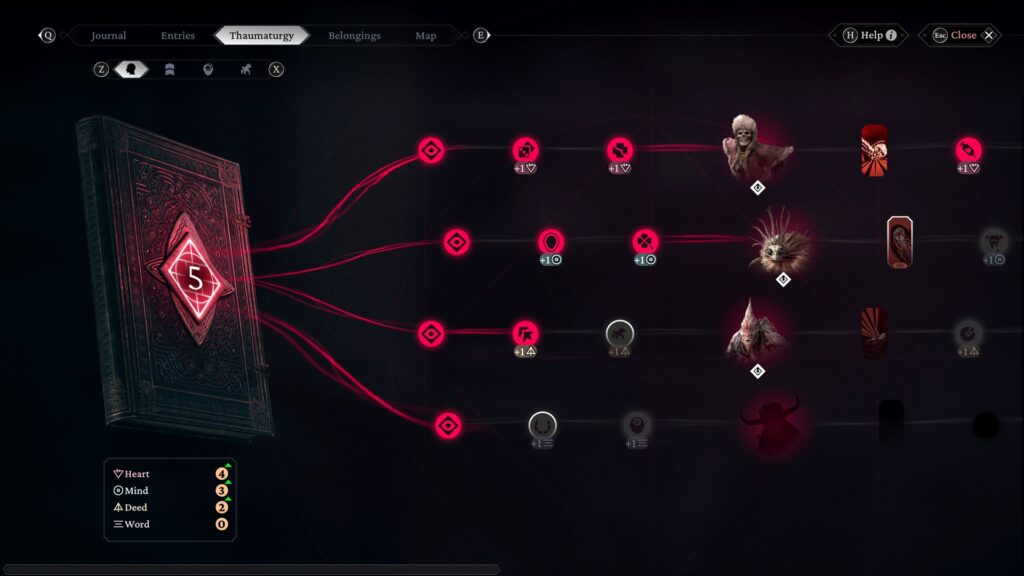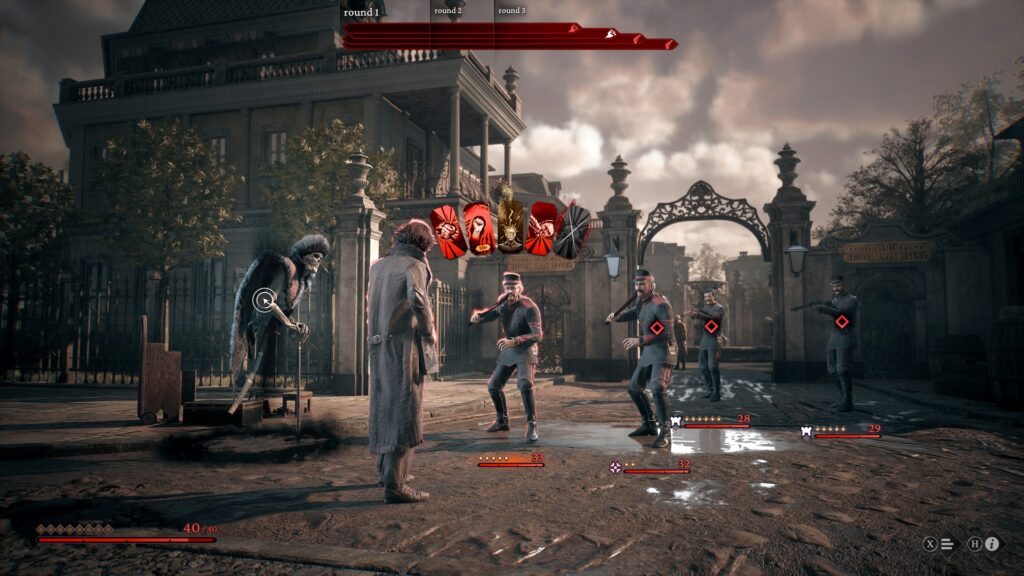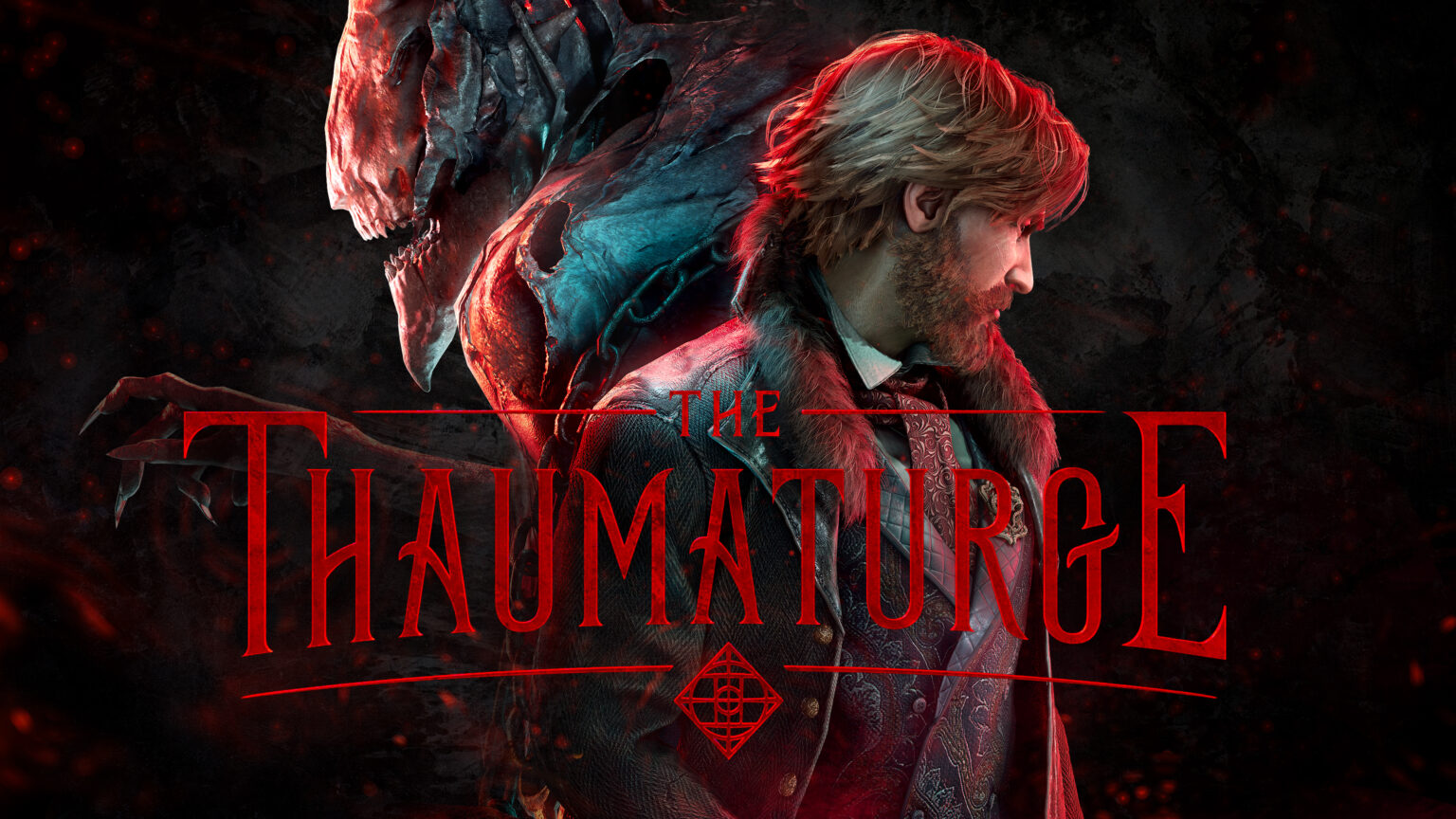In the recent unveiling by Fool’s Theory, the video game industry is poised on the cusp of a riveting new journey with “The Thaumaturge”. This story-driven RPG transcends traditional gameplay, inviting players into the culturally rich and mystically infused world of early 20th century Warsaw. Here, the line between the seen and unseen blurs, courtesy of the esoteric beings known as salutors, visible only to the discerning eyes of a thaumaturge.
A Glimpse into The Thaumaturge
At its heart, “The Thaumaturge” is a narrative-rich RPG that promises to immerse players in a compelling story, where every choice bears weight and can tilt the scales of fate. As players navigate through this immersive world, they’re introduced to a setting where early 20th century Warsaw is depicted with a vibrancy that’s as enchanting as it is historically enriched. The twist? A realm where esoteric entities tether the mundane to the mystical, challenging players to perceive beyond the ordinary.
The Souls of Salutors: A Game Play Like No Other
What sets “The Thaumaturge” apart is its introduction of salutors – beings that dwell in the shaded nooks of reality, visible solely to those versed in the arcane arts. Players, as emerging thaumaturges, must learn to interact, understand, and harness these beings’ powers for their quest, adding a unique layer of strategic depth to the gameplay. The relationship with these salutors is dynamic, evolving with the story, influencing both the narrative’s direction and the player’s abilities.


Morally Ambiguous Choices and Diverse Endings
“The Thaumaturge” doesn’t merely offer players a storyline; it invites them into a complex tapestry of morally ambiguous decisions. Every choice made doesn’t just nudge the story along but has the potential to alter the game’s landscape dramatically. This intricate system ensures that players are not merely spectators but pivotal characters shaping their destinies, leading to several potential endings. This level of narrative depth encourages players to delve into every nook and cranny of the game, exploring the full breadth of possibilities.
The Visual and Acoustic Tapestry
While the narrative work of “The Thaumaturge” stands out, with certain oddities in its side quests, the game’s graphics and aural experience command attention. The graphic portrayal of an early 20th century Warsaw, intertwined with the mystic elements of salutors, presents a visual feast. Meanwhile, the fighting songs add an auditory layer that enhances the combat experience, blending seamlessly with the game’s aesthetics.

Spellbinding Qualities vs. Enigmatic Quirks
Spellbinding Qualities:
- Narrative Depth: A multi-layered story that actively involves the player’s decisions, ensuring a richly personal gaming experience.
- Unique Gameplay Mechanics: The concept of salutors introduces a fresh, strategic element to the RPG genre.
- Visual and Auditory Feast: Stunning graphics combined with captivating fight scores provide an immersive experience.
- Diverse Endings: The game’s multiple endings driven by player choice add immense replay value, compelling players to explore every possible outcome.
Enigmatic Quirks:
- Narrative Oddities in Side Quests: Some of the side quests may feel disjointed, making them seem slightly out of place within the game’s otherwise cohesive narrative.
- Learning Curve: The unique mechanics of interacting with salutors and the impact of choices might require players to acclimate to the game’s depth, potentially slowing initial progress.
The Thaumaturge: "The Thaumaturge", with its rich narrative, unique gameplay mechanics, and visually stunning world, is poised to be a groundbreaking addition to the RPG genre. Though it may have its quirks, such as the peculiar narrative choices in some side quests, it promises an adventure that's as enchanting as it is thought-provoking. Developed by Fool's Theory, this game is a testament to the power of moral ambiguity and strategic gameplay, guaranteeing that each player's journey through early 20th century Warsaw will be as unique as it is unforgettable. – Obsidian


